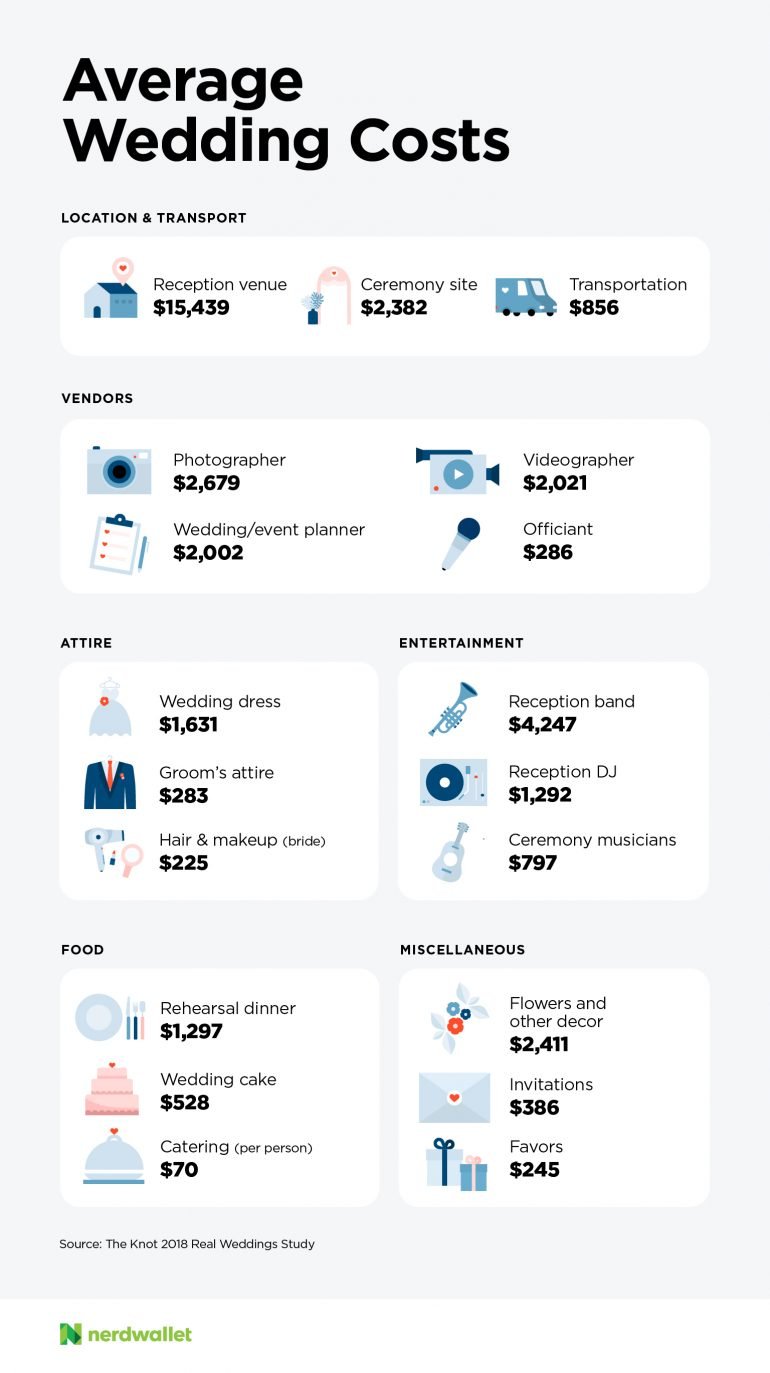Table of Content
You’ll need to work with your builder to get an accurate estimate of all costs. Then, assuming you don’t have the full amount to pay out of pocket, you’ll need to talk with your lender to get started on obtaining a loan. The national average cost to demolish a single-wide mobile home is $3,000-$5,000, including debris disposal, while a double-wide trailer averages $4,000-$7,000. When it comes to demolishing a building, the price is directly proportional to the structure’s square footage. The cost to remove an empty, non-load-bearing wooden stud wall is $100 to $300 on average, whereas demolishing a bearing-wall runs $400 to $600 for material disposal and new plastering.

The national average for commercial demolition is roughly $4-$8 per square foot, including debris disposal. When it comes to tearing down a mobile home, the cost will largely depend on its size. Most mobile homes are smaller than traditional homes, but there are some that are just as big. The average cost to demolish a mobile home is between $2,000 and $6,000. The biggest difference in cost between demolishing a standard home and a mobile home is the fact that mobile homes usually don’t have a permanent foundation.
What is a Land Survey & How Much Does It Cost?
This shows the effect location has on price, and it's no surprise that the size of the home will affect cost as well. For example, a customer in New York paid $33,000 to demolish a single-wide trailer and one medium shed, while a customer in Michigan paid $4,500 to demolish a single-wide trailer and two medium sheds. If your home is difficult to access with heavy-duty machinery, it can make the removal process more complex and expensive.

For an inground pool, removal charges range from $4,000 to $16,000. In addition, an above-ground pool might cost anywhere from $300 to $2,500. To remove all outdated wires, the total utility expenditures range from $13,000 to $45,000. When developing a larger home, you should also install additional lines in new locations. Building on top of abandoned lines is avoided by excavating lines. We recommend hiring a local professional to handle your house demolition.
Replacing Support Beams In Basement Cost
Some homeowners install a kitchen island instead of creating a pass-through, which provides more counter space. Hiring an experienced chimney removal contractorto handle your chimney removal project is important for a number of reasons, but more than anything, it's for your protection. This will help you get a great price for your chimney removal project and great customer service, too. A partial chimney removal involves simply removing the chimney stack, leaving the chimney breast, and closing up the chimney opening.
Demolition refers to the takedown of a structure, but that doesn’t necessarily mean the entire structure is destroyed. You can choose to demolish individual components of a house for replacement or the whole building. Outbuildings and additions are also fair game for removal through demolition. Your costs will be affected by the total square footage of the structure that you would like taken down, along with the job’s complexity. Sometimes demolishing just a piece of a home can be more expensive than you expect because of the care required to avoid damaging the remainder of the structure. Depending on the size and substance, garage demolition costs anywhere from $3 to $10 per square foot.
Find chimney removal pros near you
These also apply when constructing a home with a bigger layout that requires new utility lines. The cost of replacing or installing all-new utility lines ranges from $8,000 to $30,000.The costs include permits and inspections for water, sewage, gas, and electric lines. The cost of the same job might range from $4 to $15 per square foot. A 1,200-square-foot house, for example, might cost $4,800 – $18,000. Your exact house demolition project cost will depend on these factors, and the best way to get an accurateestimatefor your project is toreach out to multiple contractorsin your area for a quote.
If this is the case, expect to pay an extra amount when you decide to have it removed. This is because taking down a chimney requires expertise, and if it is difficult to reach, it will be a more complex job. This can also be very dangerous for your contractor, and this is exactly why it is only fair and just for them to be paid more. In contrast to new building, which necessitates the creation of everything from scratch, renovations aim to preserve as much of the current structure as possible.
Damages to the roof that occurred during the removal may result in additional roof repair charges. But let’s see why the cost of these specific components is set like this. Line pathways with masks and fabric mats or cardboard so employees can tell which paths are safe. This entire step is being taken to protect persons who’ll be on-site during or after the demolition.

Deconstruction is carefully dismantling the building by hand to salvage reusable materials. Partial home demolitions are often necessary during home remodeling projects. A partial demolition that preserves a small section of the home is more expensive and requires careful planning. Removing electrical lines and installing a temporary power supply for builders costs $2,000 to $3,200. $1,000-$1,390 – If you plan on completely gutting your kitchen to prepare for a remodel, expect to pay between $1,000 and $3,000 for small kitchen demolition. If you plan to completely gut a large kitchen, you can expect to pay upwards of $10,000 or more in some cases.
Here, we’ll examine how much it costs to demolish a home, as well as how much it costs to rebuild it. This way, you can be fully informed of the options and make the best financial and logistical choice for your unique situation. Deconstruction is another popular option for barn demolition because it allows you to salvage useable, and often highly valuable, barn wood. If you're interested in deconstructing your home in order to salvage as much useable material as possible, you can expect to pay 2-3x more than traditional demolition. For example, in Cleveland, one customer paid $8,500 for a 1,140 sq ft home demolition while another paid $6,000 to demolish a fire-damaged 910 sq ft home.
Sometimes deconstruction contractors will leave the foundation in place, so you’ll have to pay for that partial deconstruction separately. You’ll need to check with your local government to determine what permits are necessary for your project. Some municipalities offer blanket permits, while others require multiple permits and inspections for different parts of the project. This can affect the schedule of the demolition, so it’s important to plan. Other permits may involve material disposal and adhering to safety standards.
The bigger the area, the higher the cost for tearing down a house. Because of this, they charge a significantly higher amount for a demolition project. This is also true for businesses that are considering demolition as a more cost-effective solution. We track the estimates they get from local companies, then we share those prices with you. Collect a lien waiver from contractors in exchange for issuing progress payments.

You can’t sell a house that’s been built on top of an old foundation as something brand new. It’s still a renovation if you preserve some of the original structure. I was quoted $16,000 to replace a rotting structural support beam. Use materials that have been spec'd by a licensed structural engineer. The heaviest type of beam, with the highest shipping and installation costs.

No comments:
Post a Comment